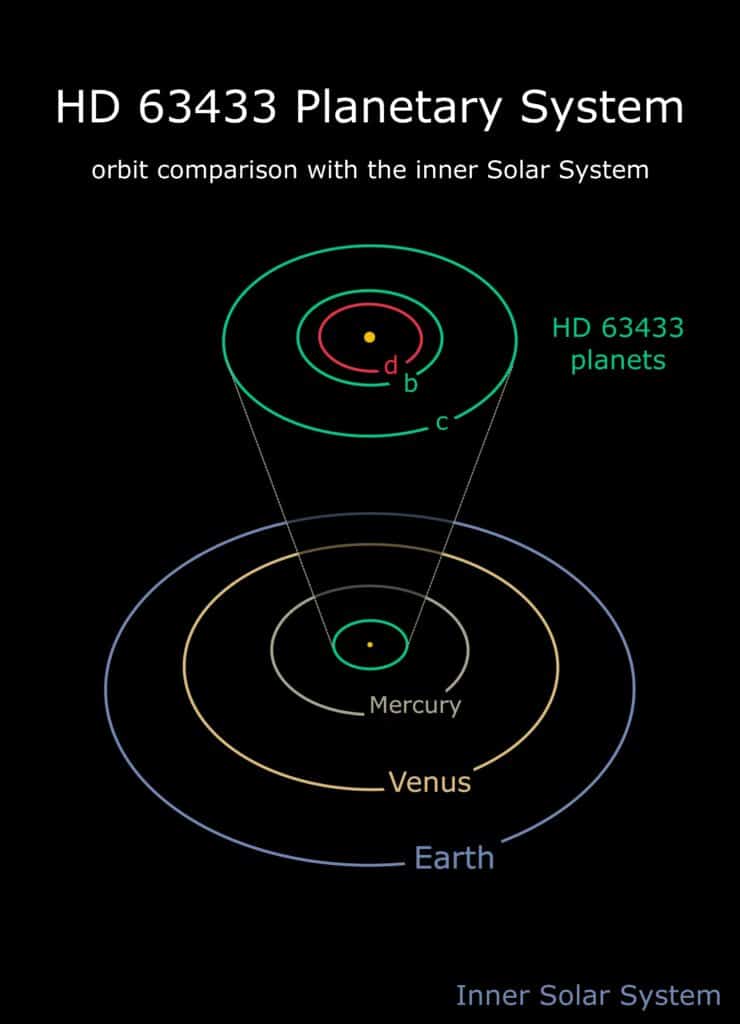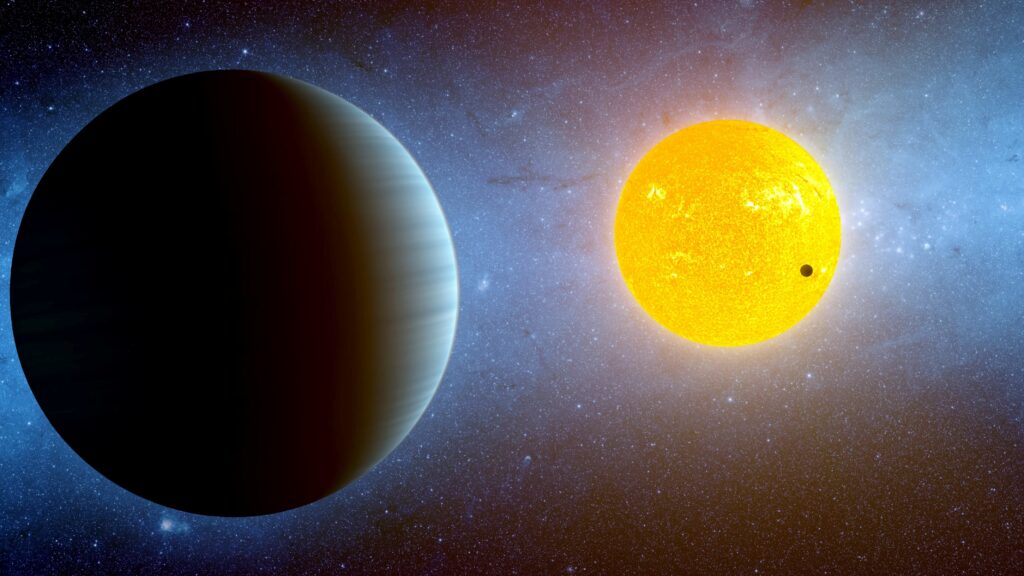Definitely need to pack shorts if humans ever travel here. In a remarkable discovery that sounds like it’s straight out of a science fiction novel, astronomers have found an Earth-like planet that is so close to its star it likely harbors oceans of lava on its surface. This extreme planet, discovered near the Big Dipper, is not just any exoplanet — it’s the nearest, young Earth-sized planet ever found.
While its blisteringly hot conditions make it uninhabitable for life as we know it, this “lava Earth” could provide invaluable insights into the evolution of Earth-like planets.

Researchers from the University of Florida and the University of Wisconsin utilized data from the Gaia and TESS telescopes, which detect changes in starlight as planets pass in front of their stars, to identify the planet orbiting a sun-like star just 71 light-years away. This proximity and the star’s relative brightness were key in spotting the subtle signals of the planet’s rapid orbit around its star.
This newly discovered planet is young, at about 500 million years old, and orbits its star every four days — a stark contrast to Mercury’s 88-day orbit around our Sun.
“So it’s really moving around there. At that distance we expect it to be tidally locked, like how the Moon is locked to us with one side always facing the Earth. That means the heating is uneven, and we estimated that the daytime temperature is consistent with molten rock,” making it a ‘lava Earth,'” says study co-first author Ben Capistrant, a doctoral student in astronomy at the University of Florida, in a media release.
The tidally locked nature of this planet means one side is perpetually day, facing the star, while the other is in eternal night. This results in extreme temperature differences across the planet, with the day side likely hosting vast oceans of lava.
Despite the inhospitable conditions, the planet’s youth makes it a prime candidate for studying atmospheric loss — a process that is crucial to understanding the habitability of Earth-sized planets but remains poorly understood.

“We haven’t seen this process occur, and there isn’t a large sample of young rocky planets like these,” explains Capistraint. “We don’t even know if these small planets have atmospheres.”
Funded in part by NASA and the National Science Foundation, this research underscores the importance of continued exploration of the cosmos. The discovery of this “lava Earth,” alongside two other Neptunes in the same system, expands our knowledge of the universe’s complexity and the myriad of conditions under which planets exist. As we continue to explore, we edge closer to answering fundamental questions about the cosmos and our place within it.
The study is published in The Astronomical Journal.












